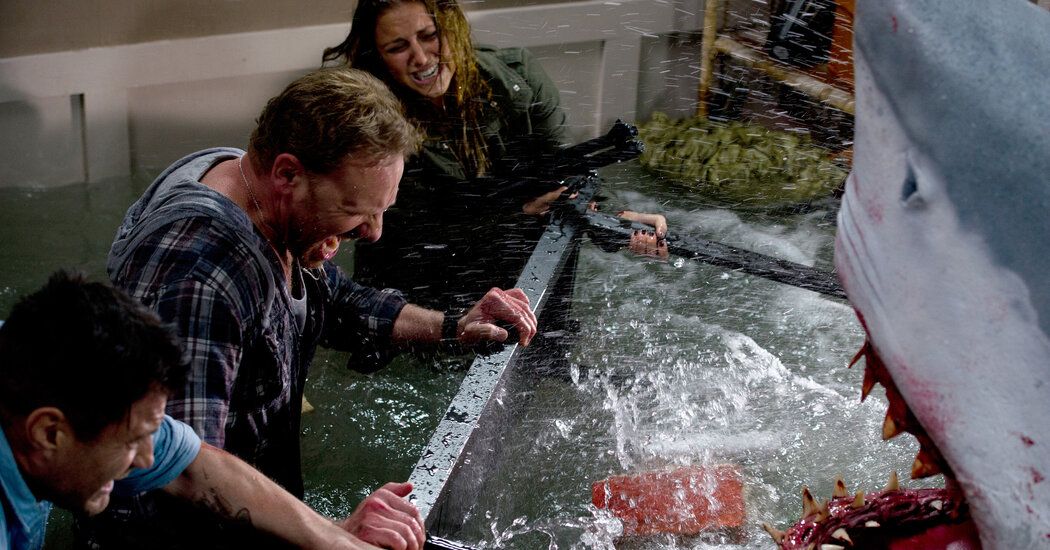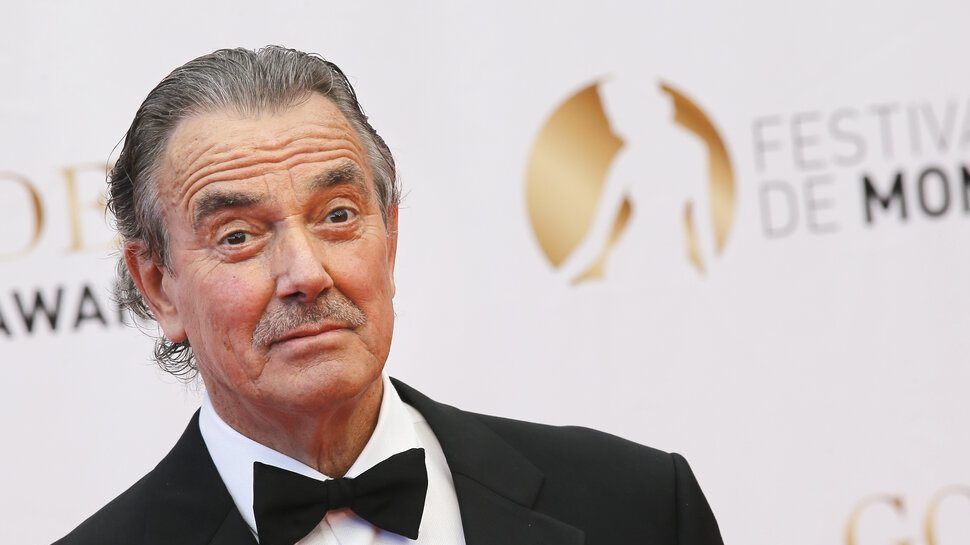The Twitter Watch Party Is Over
Like foil-tray frozen meals, which were used by airlines before Swanson branded them as “TV dinners,” Twitter was not initially invented to be an adjunct to the tube. But it turned out to be a delicious accompaniment to have on your lap during a show. It, like a TV broadcast, was live and linear. It made the entire world into an improv “Mystery Science Theater.”
There were, of course, many Twitters existing in parallel: Politics Twitter, Sports Twitter, Black Twitter, Weird Twitter. But Twitter and TV went together like extreme weather and marine predators. You might tweet after reading a book or going to a movie. Twitter especially fit the immediate, real-time experience of watching a TV show as it aired.
The platform, founded in 2006, also came along just as TV’s cultural cachet was rising, with a growth in ambitious, talk-about-able appointment series. “Mad Men” and “Breaking Bad” premiered during its run; twist-heavy serials like “Scandal” and “Game of Thrones” delivered the kind of OMG moments that got them trending regularly. Twitter lent itself to appreciating great TV and to goggling at trash; it was equally a vehicle for “Isn’t this amazing?” and “What the hell are we watching?”
From its beginning, TV has been both an isolating medium — you in your living room with your stories — and a social one. When the first sets were rolled out as curiosities in the 1940s, spectators gathered in bars to watch boxing matches. The Super Bowl, the biggest TV show of the year, became a secular holiday gathering that rivals Christmas. And before the work-from-home era, networks were conscious of the “water-cooler effect” in offices.
Twitter made the watch party global. It invited comments and conversation from fans and critics; series creators logged on to engage, and sometimes fight, with the audience. It created a feedback loop for shows to respond to or push against.
Source: The New York Times


